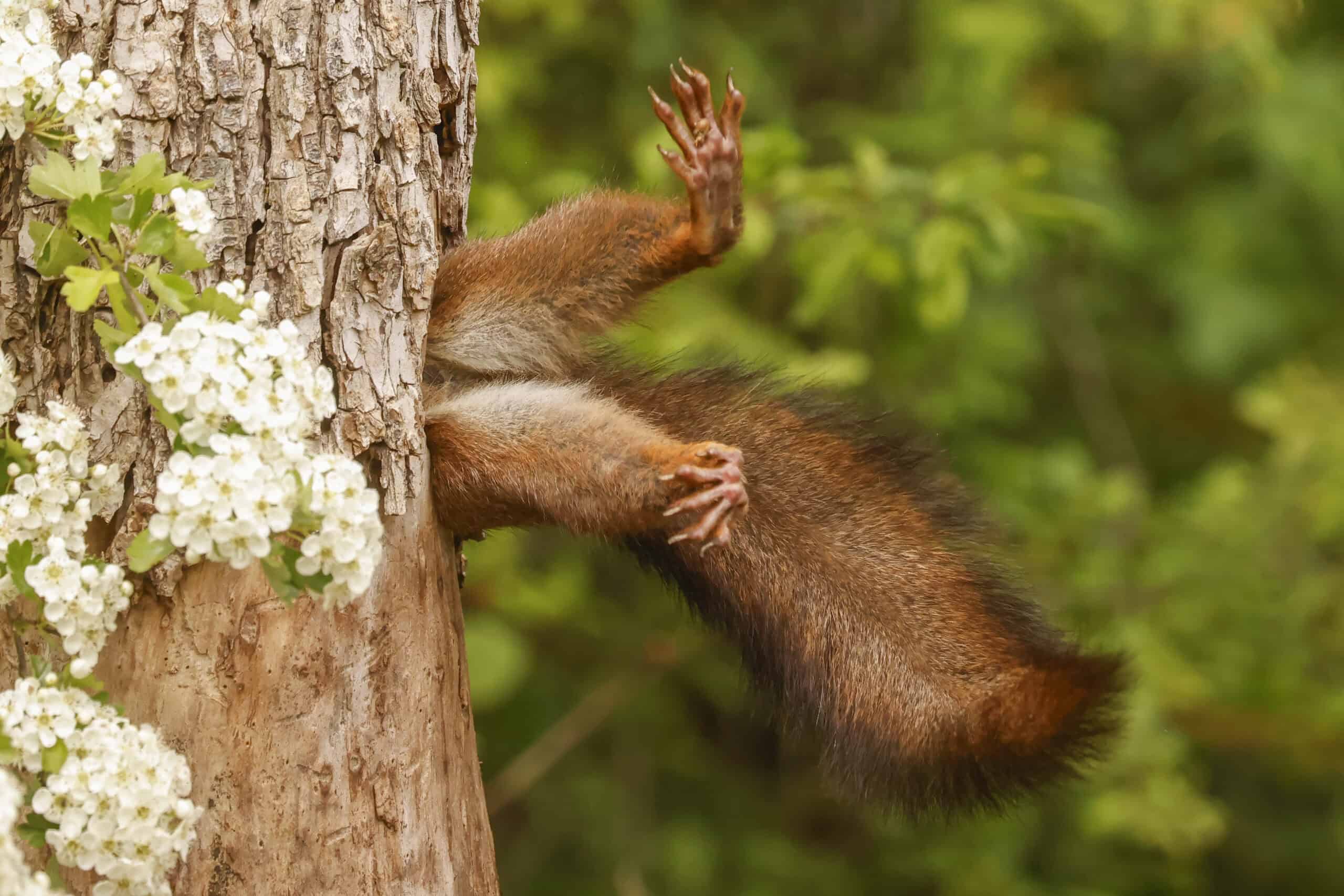Share this article
Wildlife Featured in this article
- Common carpenter bee
Environmental risks higher for urban bees
Researchers found more environmental stressors and changes in urban bees’ microbiomes
Wild bees living in cities face more environmental stressors—including pathogens and parasites— than those in rural and suburban areas. Researchers also found changes in the microbiomes of wild bees in cities and fragmented habitats, making it harder for them to access food sources, nesting areas and mates.
These stressors will likely increase as cities expand and landscapes are reshaped, posing one of the largest threats to the natural ecosystems of wild bees and their biodiversity, researchers concluded in a study published in Global Change Biology.
Biologists used whole genome sequencing of 180 common carpenter bees (Ceratina calcarata) to look at their population genetics, metagenome and microbiome, as well the impact of environmental stressors across the Toronto area.
“Having less connected habitats in dense urban areas not only leads to more inbreeding, so less genetic diversity, but it also creates higher pathogen diversity leaving city bees exposed to more pathogens,” says Sandra Rehan, a York University professor and a study co-author.
Header Image: A carpenter bee appears on a stem. Credit: York University








